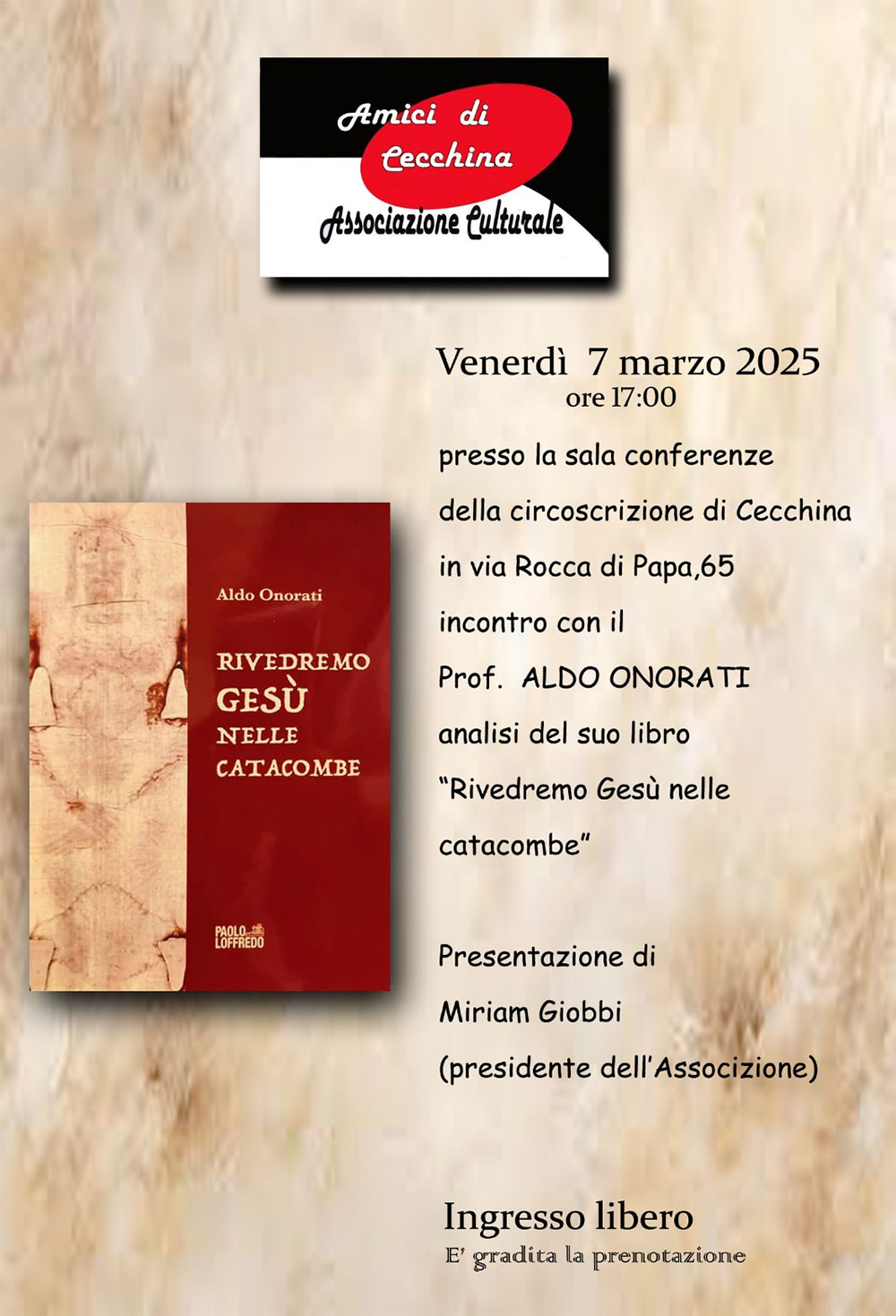 Paolo Loffredo, sixth generation of a large family of publishers and booksellers engaged in the production and distribution of books since the late nineteenth century, creates in 2012 the new editorial company Paolo Loffredo Editore. The historical site was until the '80s in the heart of the historic centre of Naples in Via San Biagio dei Librai, lower Decumano and also known as the SpaccaNapoli.
Paolo Loffredo, sixth generation of a large family of publishers and booksellers engaged in the production and distribution of books since the late nineteenth century, creates in 2012 the new editorial company Paolo Loffredo Editore. The historical site was until the '80s in the heart of the historic centre of Naples in Via San Biagio dei Librai, lower Decumano and also known as the SpaccaNapoli.
At the beginning of the twentieth century, Giuseppe Loffredo decided to add book selling to the book production, which definitively imposed itself after World War II with the publication of manuals for the University and for the School that succeeded in establishing themselves soon throughout Italy.
LAST EVENT
"Rivedremo Gesù nelle catacombe"
07 Marzo 2025 - Sala Conferenze circoscrizione di Cecchina - via Rocca di Papa 65, Albano Laziale (RM) - ore 17,00

Food television discourse
ISBN: 978-88-32193-90-9
Language: English
Publisher: Paolo Loffredo Editore Srl

Description
Food television discourse - A cross-cultural diachronic approach
This study initially arose from the general interest of the author in food, perceived as a deeply-rooted culture-bound aspect of society and hence a potential ‘culture bump’ in cross-cultural communication and translation practices. Modern society is undergoing dramatic changes in the field of nutrition and culinary discourse, as mirrored in the extensive coverage of food topics in the media. Driven by stark economic and social changes that have occurred in European society from the 1950s onwards, the role of food and food-related practices have gradually freed themselves from their function of mere sustenance, and have taken on many new dimensions, so much so that food consumption has acquired the proportion of a cultural movement and a fashion trend. This is even more strikingly so in a country like Britain, where the average citizen used to have little interest in food and healthy eating, but is now apparently a nation of food experts (Chiaro 2008; 2012). Chefs have achieved the popularity of superstars, as perhaps only pop singers and actors had done in the past. This can be easily explained if we accept that in the new millennium food has become a lifestyle and today Britain is still one of the largest exporters of television celebrity chefs. Moreover, thanks to major technological advances, today’s television consumers have unprecedented choice in terms of television content they can access. Audiences can decide when where and with which translation mode they can watch their preferred TV content. TV viewers can use social media platforms to comment upon, share or even produce media content.
This book investigates food television looking at the intersections between language, culture and television over time and from a cross-cultural perspective. By addressing the diachronic evolution of mainly British and Italian television cookery programmes, from the early days of television to the so-called ‘noughties’ (the 2000s) and up to present day, this book seeks to demonstrate that it is not by chance that Britain has long been one of the strongest exporters of food television discourse and that Italy has absorbed and integrated into its television system many of the programmes and formats of Anglophone cookery culture and tradition.
This volume provides a guide to the features, language and cultural issues involved in televised food-related programmes and looks at their diachronic evolution in connection to the technological and industrial evolution of the medium. The suggestions provided in this book will hopefully appeal to a wide cross-section of scholars and postgraduates in the fields of linguistics, media and food studies as well as screen translation and allow them to look at what are considered unpretentious products, but which are in fact, complex, multi-layered, multifaceted “cultural gateways”.



